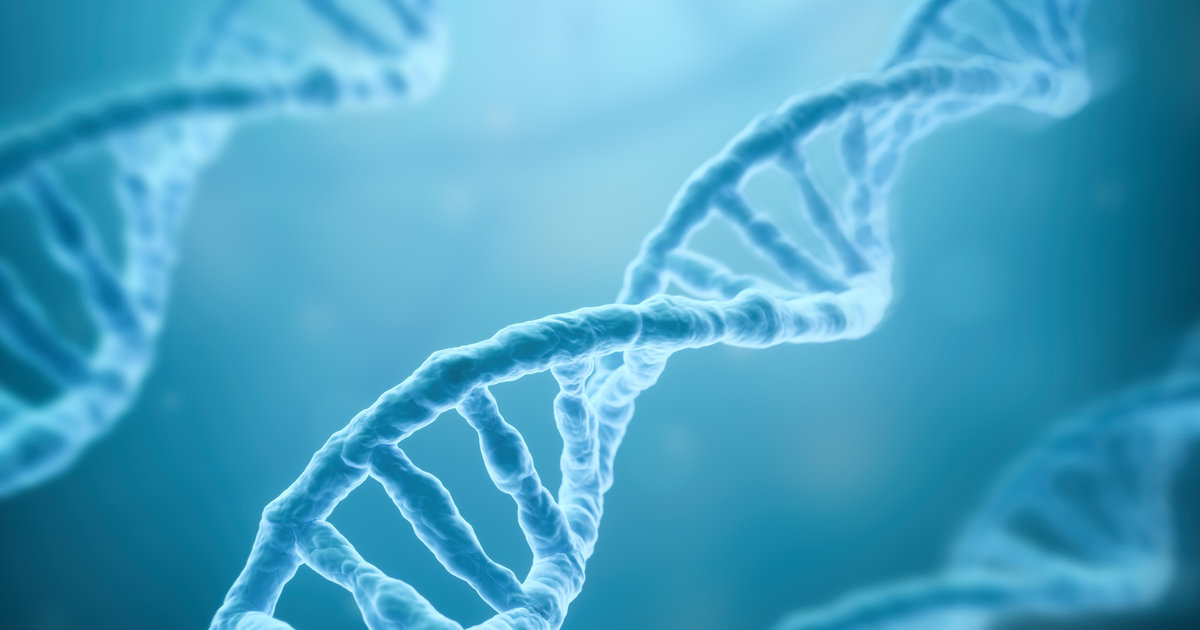Common Causes, Risk Factors, And Complications Of Amyloidosis
Gene Abnormalities

Though not as common, amyloidosis can also be caused by gene abnormalities, as there is a form of the condition that can run in families. Known as hereditary ATTR amyloidosis, patients with this condition can possess mutations in the TTR gene. However, several different gene abnormalities can be present at birth. The symptoms will be determined by which genes experience mutations. Patients who have inherited the disorder typically do not begin to show symptoms until the thirty years old. Furthermore, this form of the disorder more often affects the nerves, heart, liver, and kidneys, as opposed to other organs and tissues in the body.
Long-Term Dialysis

Dialysis, also referred to as renal replacement therapy, is a treatment procedure used when caring for patients with kidney problems or kidney failure. The process involves removing excess water, toxins, and solutes from the blood through a filtration system, as the kidneys have lost their natural ability to complete this crucial function properly. In patients with amyloidosis, the extra proteins are deposited into the tendons, muscles, joints, and organs, which causes a painful buildup of fluid. While the process removes unwanted things from the blood, long-term dialysis can actually contribute to further inflammation in the body, causing amyloidosis.
